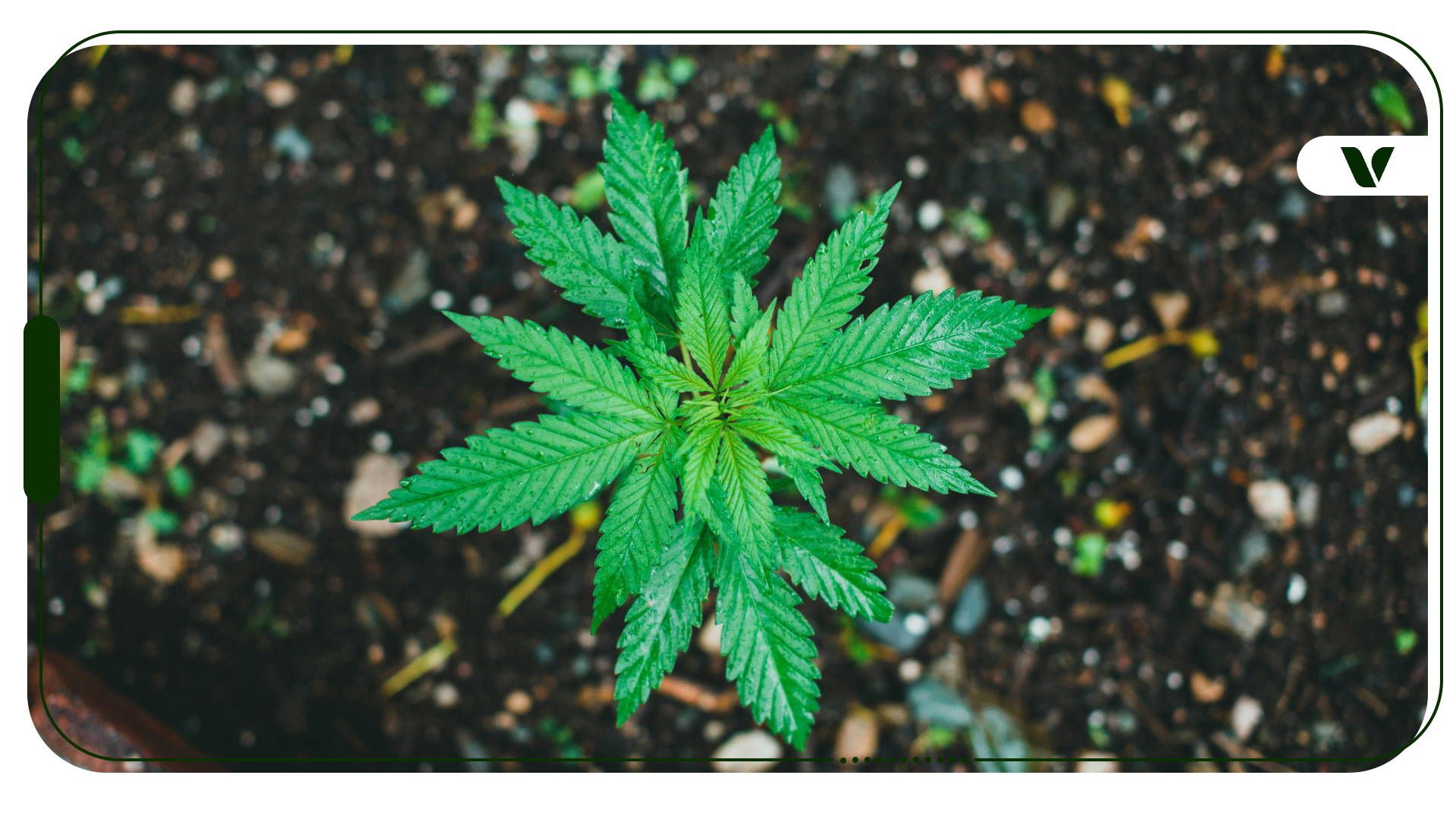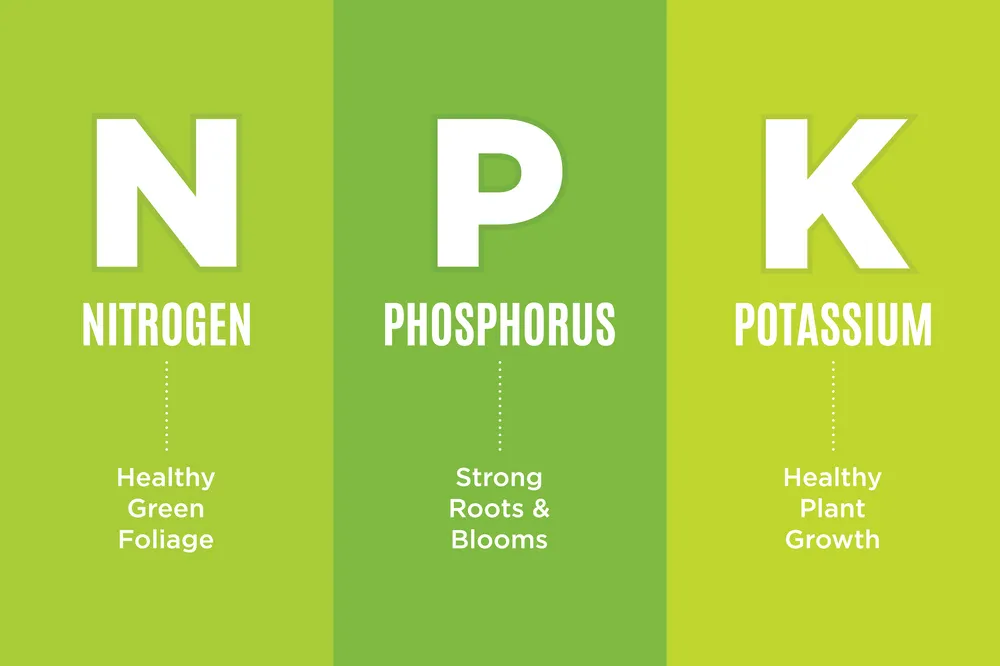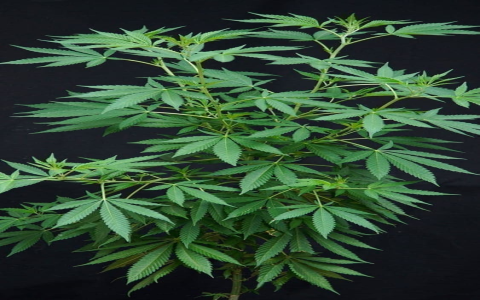Alright, let’s talk about this whole fertilizer ratio thing for cannabis. When I first started growing, man, it felt like trying to read some ancient code. All these bottles with numbers, folks throwing around terms, I was just nodding along, completely lost.
My First Goofs – More Isn’t Always Better
So, what did I do? I figured, hey, plants need food, right? More food, bigger plants! Simple. Well, not so simple. My first few attempts, those poor plants. Some got these burnt tips on their leaves, others just looked… sad. Limp. Yellowish. I was probably throwing everything but the kitchen sink at them, thinking I was doing them a favor.

I remember one time, I mixed up a batch that I thought was gonna be the magic potion. The next day, the leaves were curled up like angry little fists. That was a wakeup call. Clearly, just dumping stuff in wasn’t the way.
Hitting the Books (Sort Of) and Watching Closely
I knew I had to figure this out. I didn’t go get a PhD in botany or anything, but I started paying more attention. I read a bit here and there, mostly trying to understand what those numbers – N, P, and K – actually meant for the plant. Nitrogen for leafy growth, Phosphorus for roots and flowers, Potassium for overall health. That started to make a bit more sense.
But the biggest teacher? The plants themselves. I started small. Tried one thing, watched. Tried another, watched. It was a lot of trial and error, let me tell you. I learned to “read” the leaves. Are they dark green and glossy? Or pale and droopy? It’s like they’re trying to talk to you.
What I Settled On – Keeping It Simple
After a while, I landed on a system that works for me. It’s not super scientific, no crazy precise measurements down to the milligram. It’s more about phases.
For the young ‘uns, the seedlings and early growth (vegetative stage):
- I go heavier on the Nitrogen. This is when they’re building their structure, getting all leafy and bushy. Think of it like kids needing protein to grow big and strong.
- So, if I’m looking at a bottle, I’m looking for that first number (N) to be a bit higher than the other two. Something like a 3-1-2 or a 2-1-1, that kind of ballpark.
- I always start with a weaker mix than recommended. Always. You can always add more later, but it’s tough to take it back out once you’ve overdone it.
When they start to show signs of flowering:
- This is where I switch things up. Now they need less of that leafy-growth stuff and more for the buds. So, Phosphorus (P) and Potassium (K) become the stars.
- I look for fertilizers where the second and third numbers are higher. Maybe a 1-3-2 or a 2-4-3, something in that range.
- Again, I introduce it gradually. No sudden shocks to the system.
The Payoff – Happier Plants, Better Harvests
And you know what? It made a huge difference. My plants started looking healthier, stronger. The leaves had a good color, they weren’t getting those weird spots or burnt tips as much. And when it came to harvest time, well, let’s just say the results were much more satisfying.

It wasn’t an overnight thing. It took a few seasons of fiddling around, making mistakes, and learning. But now, I feel like I’ve got a decent handle on it. The key for me was to stop overthinking all the super complex charts and just listen to what my plants were telling me, and understanding their basic needs at different life stages.
So, if you’re starting out, don’t get too bogged down by all the numbers right away. Start simple, watch your plants, and don’t be afraid to adjust. They’ll usually let you know if something’s off. That’s been my journey with it, anyway.




















